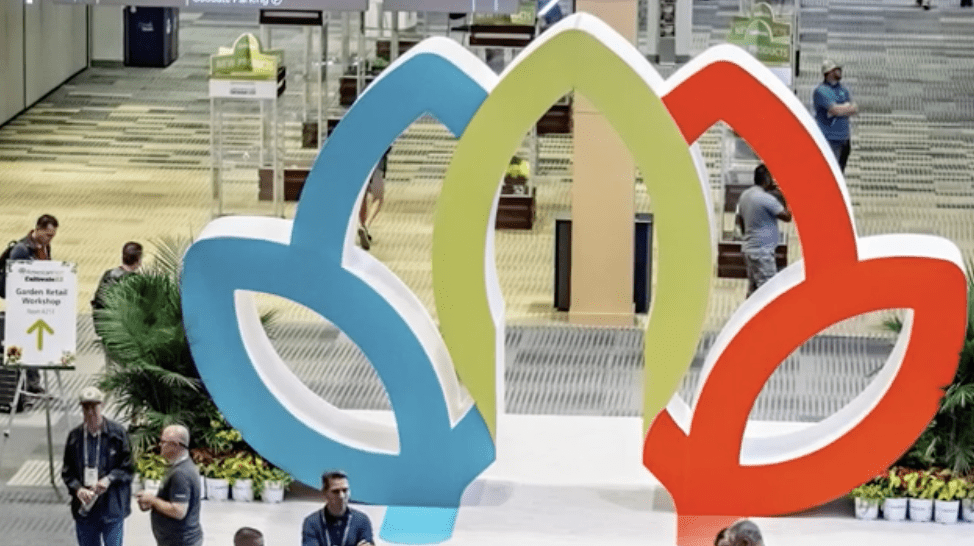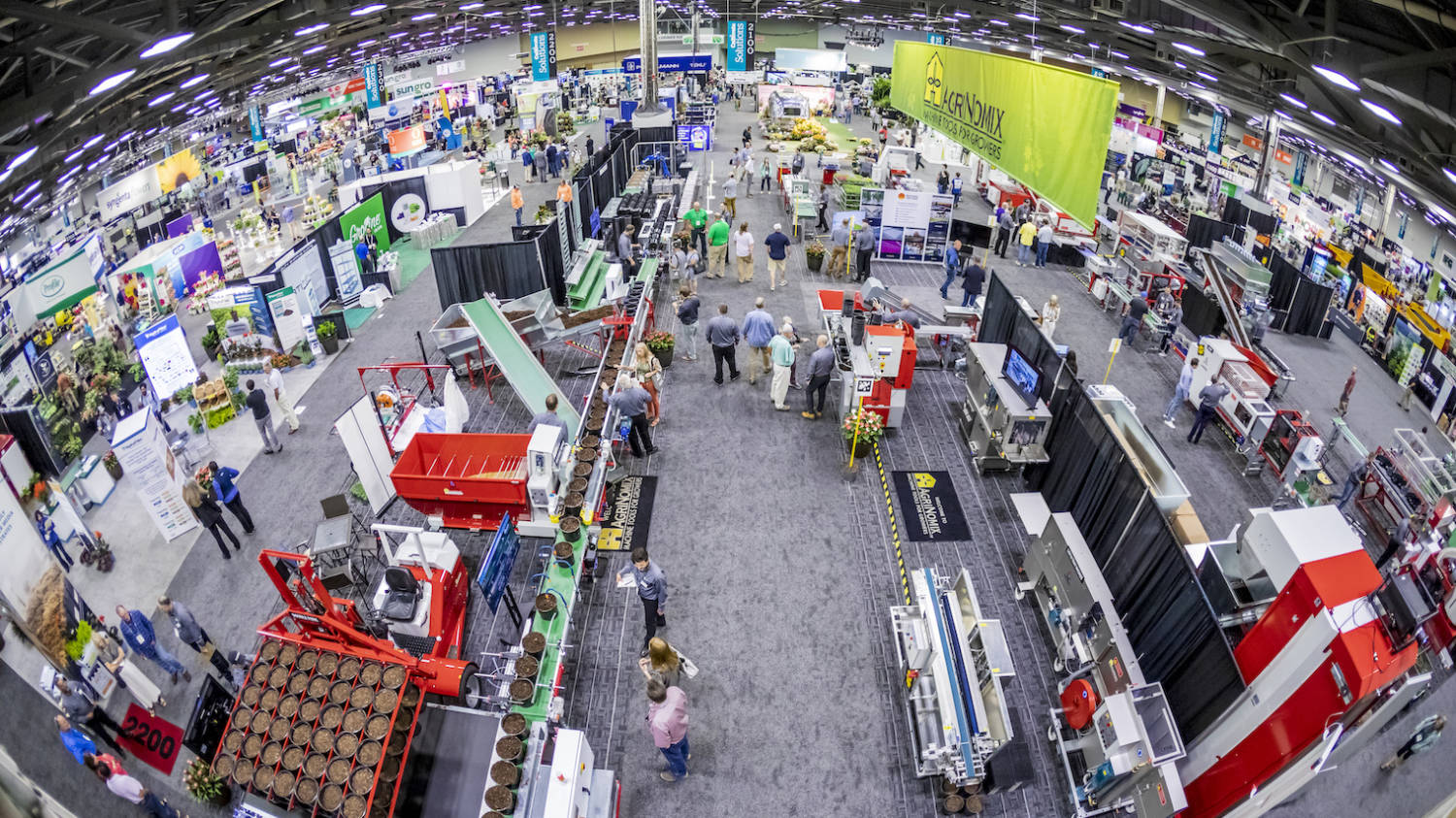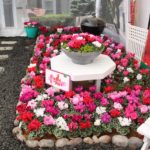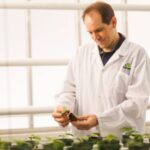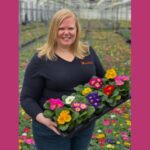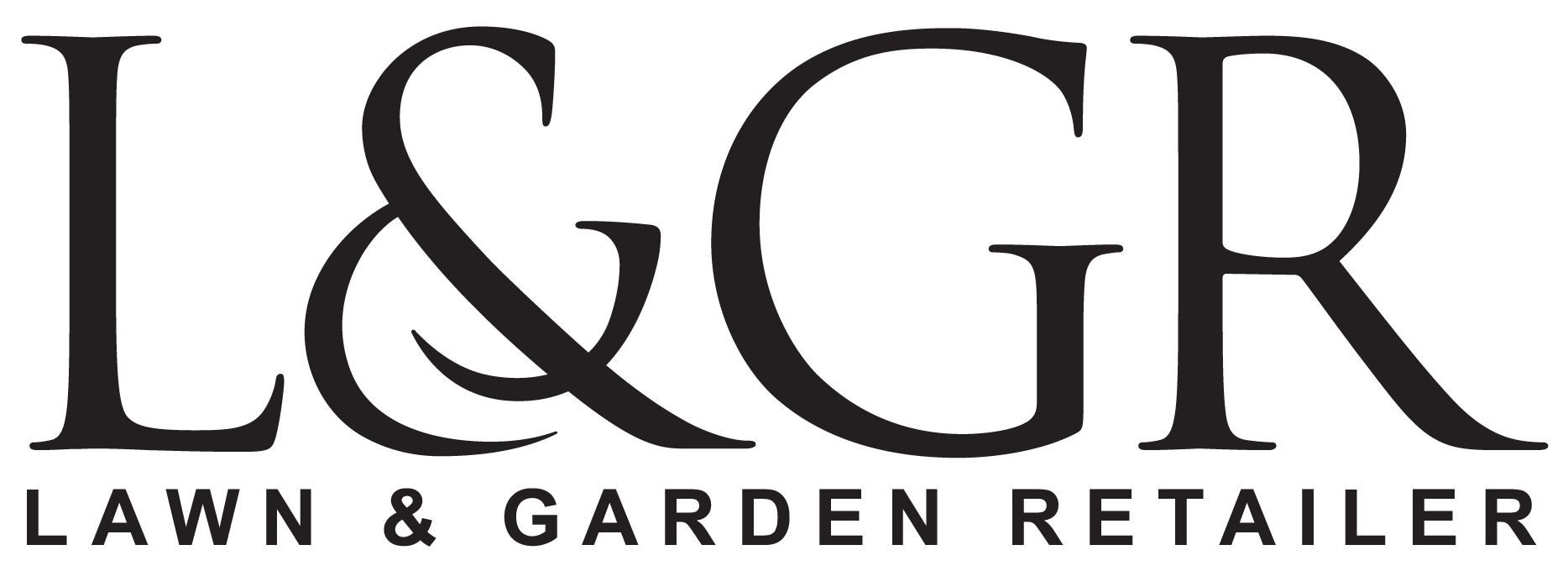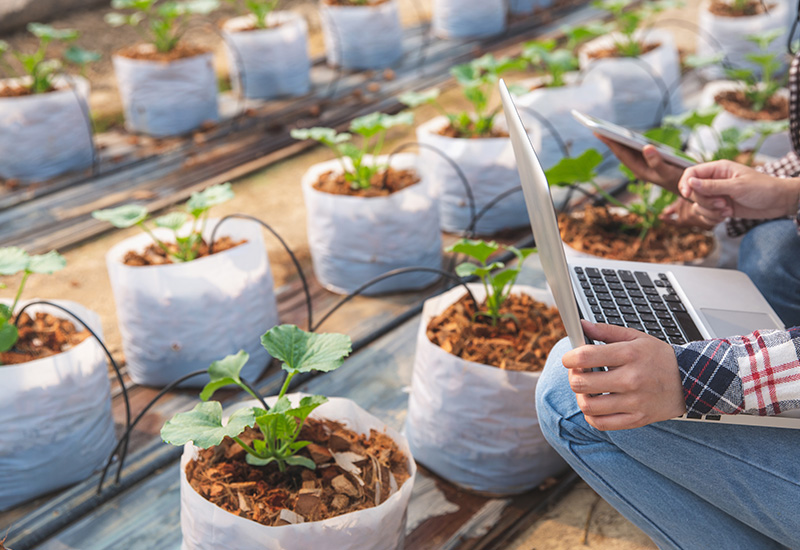
Taking control of technology
As growers, we all yearn to cultivate healthy plants. With so many technologies available, it’s easier than ever to achieve. Today’s systems also enable growers to monitor and adjust settings in real-time through user-friendly interfaces or mobile apps. Beyond ensuring consistent performance, these systems provide insights into crop growth trends and energy usage, helping growers make data-driven decisions. Let’s explore a range of technologies that aid in plant health.
FINE TUNING
Bartlett Instrument Co.’s technology gives growers control of their environments by utilizing inputs such as humidity, light and temperature. Its environmental controller automatically adjusts settings and equipment usage to optimize plant growth based on these inputs.
The Fort Madison, Iowa-based company’s main environmental controller, ClimateBoss, provides a consistent growing environment for a variety of crops. It adjusts equipment in the greenhouse when key growing factors like temperature changes. With the ClimateBoss, growers set the ideal temperature for a crop, and the equipment maintains that temperature, reducing plant stress and maintaining ideal growth rates.
A plant’s transpiration rate is vital to plant health. It affects how a plant uptakes nutrients. In addition to temperature, humidity, wind and light, soil moisture can impact the transpiration rate.
The ClimateBoss has additional outputs for timers and (de)humidification so growers can optimize humidity levels and adjust based on outdoor conditions, including wind, for their specific crops. These outputs work in conjunction with the heating and cooling equipment control to optimize the environmental factors affecting the plant’s transpiration rate.
“Our goal is to allow small-to-medium growers to utilize competitive technology options to enhance their operations. ClimateBoss (without custom-built relay cabinets) retails for under $900. We’ve had growers tell us they can see a return on their investment in one season,” said Molly Dishman, chief technology officer at Bartlett.
Many of Bartlett’s customers cited that the consistent environment ClimateBoss achieves has resulted in better plant health. “Our growers say our controllers are simple to use and cost-effective, allowing them to control their main needs and focus their resources appropriately,” Dishman said.
“Being able to fine-tune our environment based on historical data points has helped us keep our crops on track. Working with customer service always gets the problem fixed quickly. The weather station has been helpful to close vents in storms. Having the ability to control everything from your desktop or phone helps us keep up with our busy schedules,” said Andy McNitt, owner of McNitt Growers in Carbondale, Illinois.
THE POWER OF SENSORS
Wadsworth Control Systems — a greenhouse automation supplier in Arvada, Colorado — offers comprehensive environmental controls that ensure optimal growing conditions. Its systems integrate temperature, humidity, lighting and irrigation management. Its controls operate on a series of hypotheses or “if… then” statements. “The controls respond to information gathered from sensors inside and outside the greenhouse. These sensors can include humidity; temperature; CO2; light accumulation and intensity; precipitation; soil moisture, pH, EC (electrical conductivity); and wind speed and direction. The information allows your control to maintain an optimal growing environment even during dark, snowy winter months,” said Amanda Debevc, sales representative for Wadsworth Control Systems.
This data empowers the control to make decisions based on multiple factors. For example, on a cold winter morning, many growers set their control to uncover their curtains after accumulating some solar gain, rather than uncovering at sunrise.
The idea is to let the space above the curtain heat up and slowly open the curtain. If the temperature within the greenhouse drops below the heating setpoint during the uncovering period, the control pauses the curtain, resulting in the slow mixing of warm and cool air, which is kinder to the crop.
Adding a weather station gives the grower the ability to anticipate winter weather and respond quickly. “If snow is blowing in from the north and the temperature is dropping rapidly, a weather station will give your control the information it needs to close the vents and crank up the heating system. With the addition of the cloud and an app, you can check conditions, respond and modify your automated program any time day or night,” Debevc said.
Circulating air to prevent stratification makes heating more efficient. Horizontal air flow (HAF) is a circulating fan that creates consistent air movement by pushing air horizontally to distribute heat evenly through the greenhouse, keeping sensor readings and the control’s responses accurate.
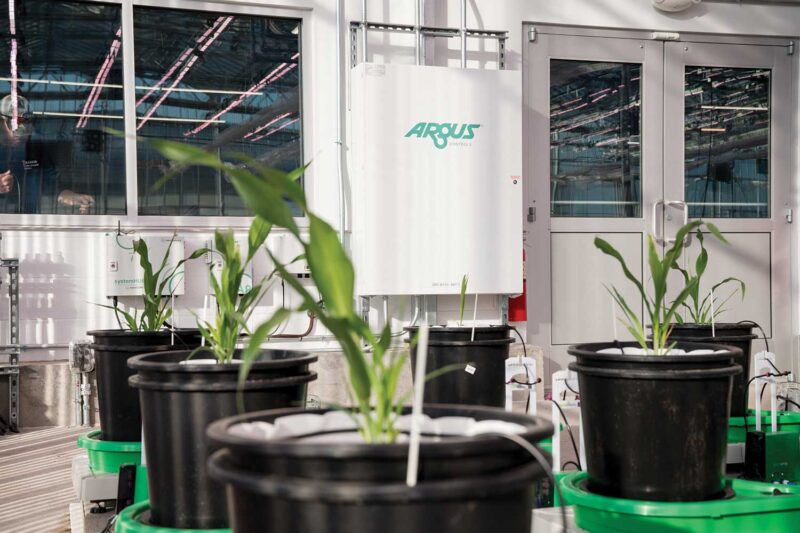
PRECISION IS KEY
Of course, lighting also plays a pivotal role in plant development. Its intensity and duration must be tailored to the specific crop and growth stage. For example, seedlings or plants that thrive in the shade require lower light levels, whereas mature, sun-loving crops may need higher intensity.
Wadsworth utilizes data from photosynthetically active radiation (PAR) sensors to measure the available sunlight and adjust supplemental lighting or shade curtains accordingly. If the sun provides excess light, its system deploys shade curtains to prevent stress and stunted growth.
Simply put, the more precisely the greenhouse can offer ideal growing conditions, the more robust the crop. Heating and cooling are the basest levels of greenhouse automation. The set points offer bandwidths for the best growing environment. Too much water will be highly detrimental.
“The equipment becomes like an orchestra where certain pieces are responding, and in a very specific order,” said Julie Dean, vice president, Wadsworth Control Systems. “It’s all about the sensors. They can determine when to open a roof vent to dehumidify or when to close a curtain due to an exterior light level that is too low for the heat it’s taking to keep the greenhouse within the set point range.”
“In low-light conditions, our systems gradually engage dimmable LED grow lights to achieve the required light levels. This dynamic adjustment promotes consistent growth, reduces crop stress and prevents losses, all while optimizing energy use,” said Nick Earls, sales representative at Wadsworth Control Systems.
PRECISION LIGHTING
One of the main challenges with greenhouse lighting is the tendency for growers to rely on static timers or manual switches. This often results in overuse or underuse of lighting, which can negatively affect crop yields and increase energy costs.
Wadsworth’s controls address this by providing lightbased automation. “Our systems integrate PAR sensors and dimmable lighting technology, enabling precise light management. During cloudy days, the system increases supplemental light levels, while on sunny days, it reduces artificial lighting to conserve energy. This improves plant health by delivering consistent light levels tailored to crop needs and reduces energy consumption,” added Brent DeArmond, sales representative for Wadsworth Control Systems.
Finally, TITAN Atom by Argus is a Canadian-based control system that precisely commands temperature, humidity, CO2 levels and light to mimic the exact natural conditions plants need to thrive. Designed to scale as needed alongside existing operations, its modular nature enables easy expansion, accommodating increases in scale or modifications in farming practices without the need for extensive system overhauls.
The modular setup of the TITAN Atom control system by Argus allows for easy expansion as it is designed to scale alongside existing operations.


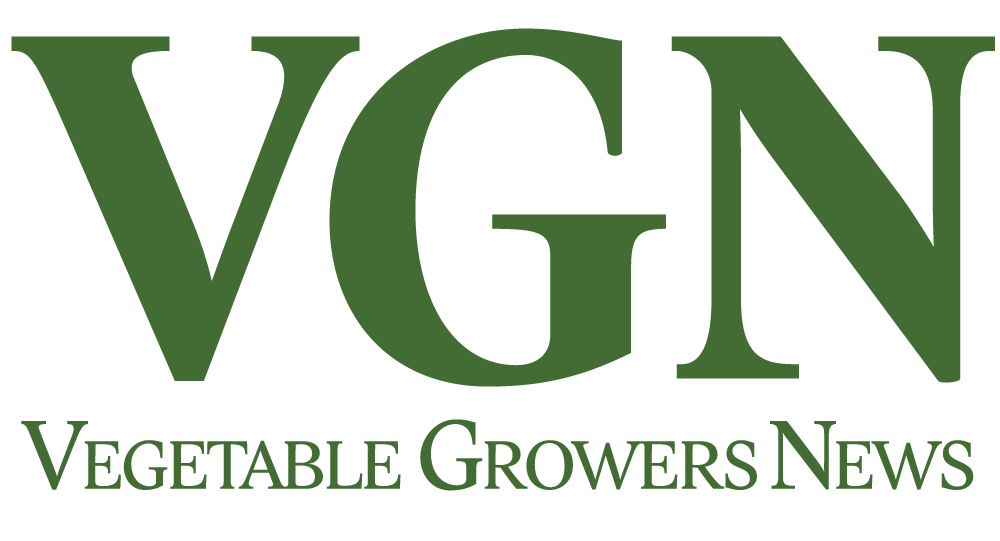
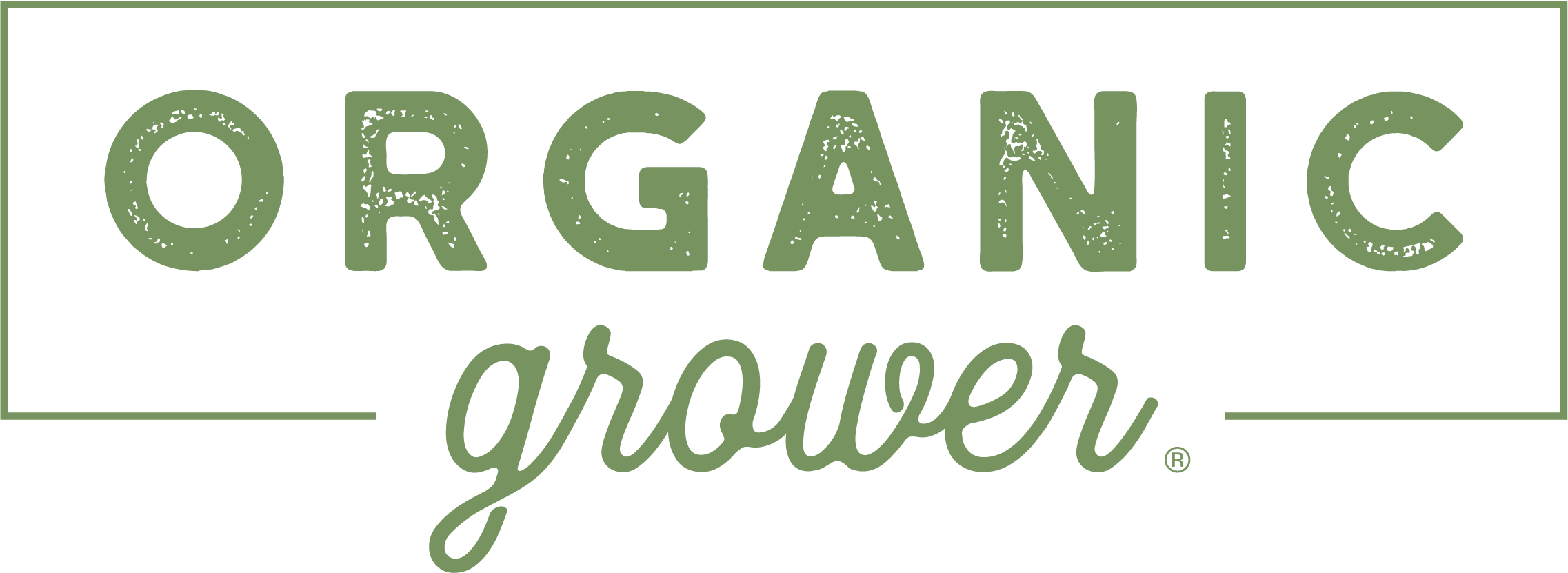





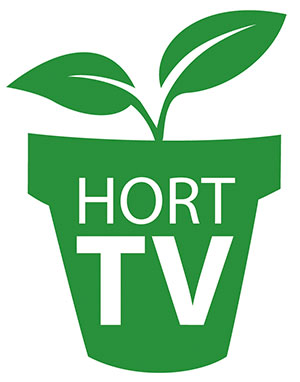 Video Library
Video Library 